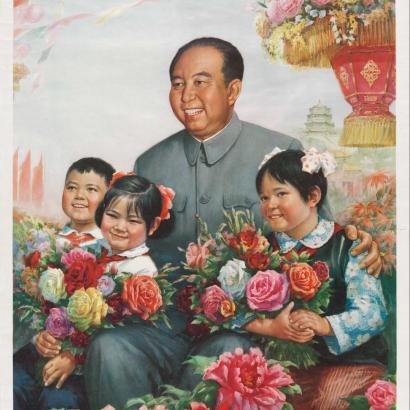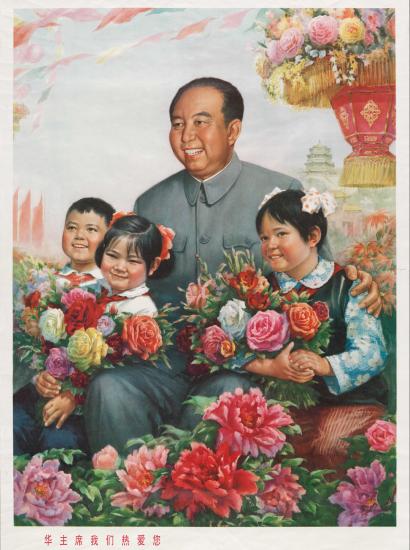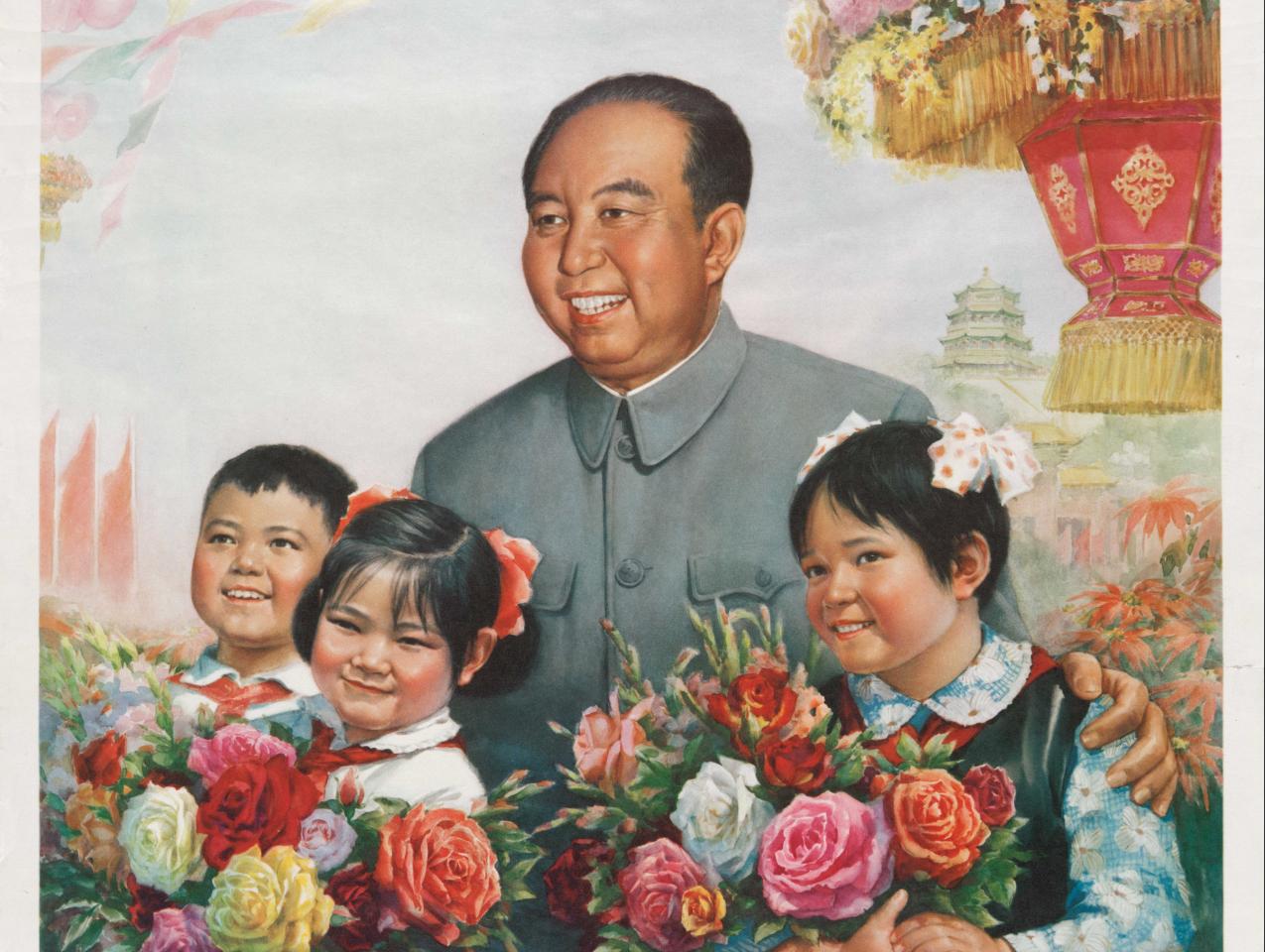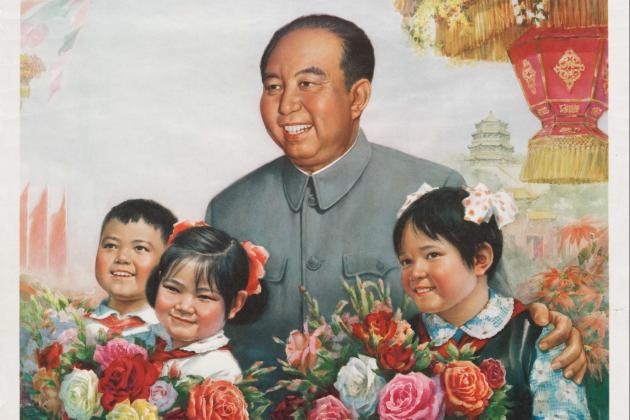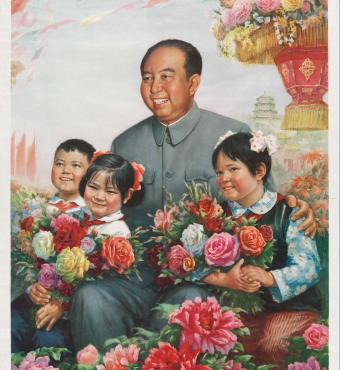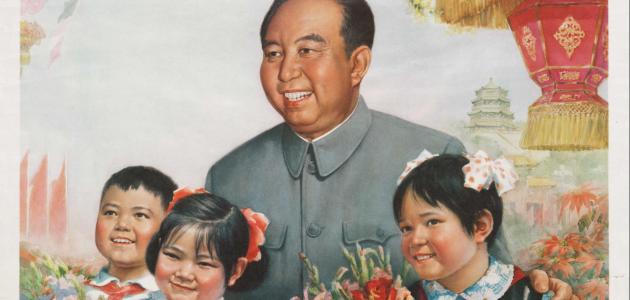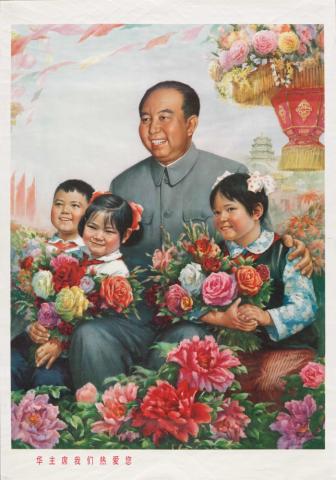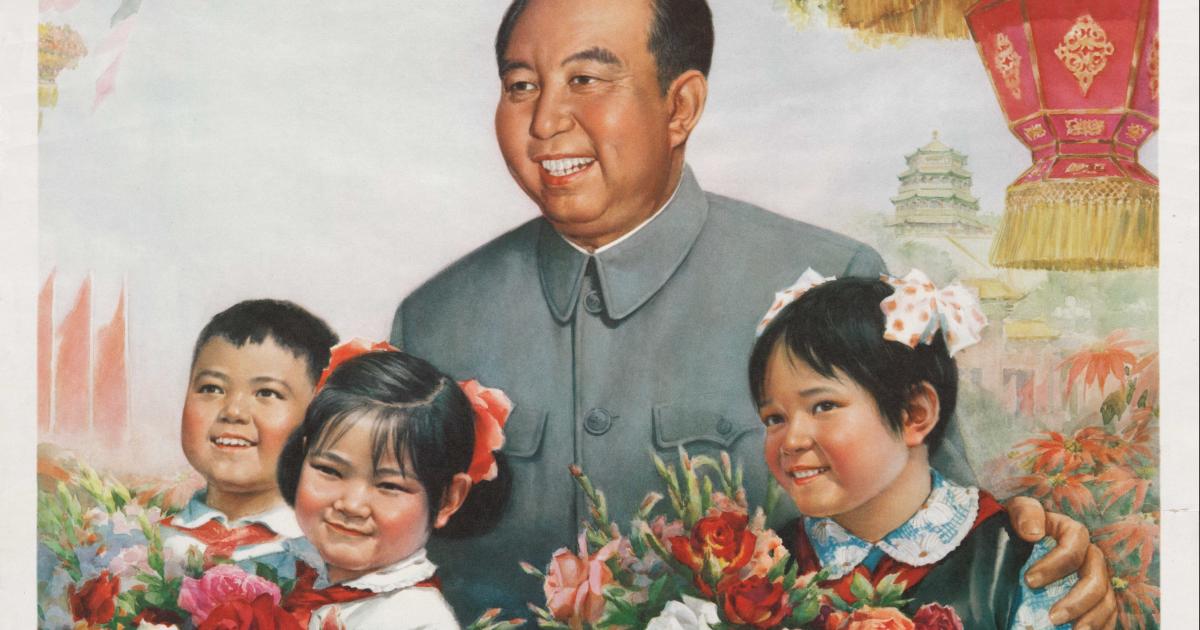- China
- US Foreign Policy
- Confronting and Competing with China
The struggle for Taiwan’s future is not merely a regional dispute—it is a defining contest between two visions of world order. At the heart of this struggle are two fundamentally opposed doctrines: the People’s Republic of China’s One-China Principle and the United States’ One-China Policy. Though often conflated, they could not be more different. One is a tool of authoritarian expansion cloaked in historical falsehoods; the other is a framework for peace, democracy, and strategic stability. Understanding the difference is not just a matter of diplomatic precision—it is a moral and geopolitical imperative.
Beijing’s One-China Principle is a sweeping, uncompromising assertion: there is only one China, Taiwan is an inseparable part of it, and the PRC alone has the right to rule over all of it. This claim is not rooted in international law, historical governance, or political consent. It is a fiction propagated by a regime that has never governed Taiwan for a single day. Since 1949, Taiwan has been self-governed, democratic, and sovereign in all but name. It holds free elections, sustains an independent judiciary, and thrives as a liberal democracy. The PRC’s claim is nothing more than a retroactive narrative—a convenient myth deployed to justify territorial expansion.
Yet Beijing doesn’t stop at asserting its own position—it actively works to rewrite international consensus. One of its most dangerous tactics is the distortion of the Three Joint Communiqués between the United States and China. In these agreements, the United States merely acknowledged that Beijing claims Taiwan as part of China. It did not accept or affirm that claim. That distinction is deliberate, and it matters. But the PRC deliberately erases it, insisting that acknowledgment equals endorsement. It is a lie repeated so often that even seasoned observers begin to lose sight of the truth.
In contrast, the United States’ One-China Policy is a model of deliberate ambiguity and principled restraint. It rests on three unwavering commitments. First, the United States acknowledges—but does not accept—Beijing’s claim to Taiwan. Second, it opposes any use of force to alter the status quo across the Taiwan Strait—especially from the PRC, whose threats and provocations grow bolder by the day. Third, and most critically, it affirms that Taiwan’s future must be determined peacefully, with the consent of the people on both sides of the Strait. These are not mere talking points. They are pillars of international order, rooted in law, democratic values, and strategic realism.
Beijing, however, seeks to erase these distinctions. It wages a global campaign of narrative warfare—blurring lines, twisting language, and asserting that the world has already accepted its claim over Taiwan. This is not diplomacy; it is disinformation. The goal is to portray any recognition of Taiwan’s autonomy as “separatism,” to isolate Taiwan diplomatically, and to paint the United States and other democratic nations as reckless saboteurs of peace. This is Orwellian in scope—a regime that shouts “sovereignty” while denying a free people the right to choose their own destiny.
What is at stake here is far greater than Taiwan alone. The island stands as a beacon of democracy in Asia and a bulwark against authoritarian encroachment. Its survival as a free and self-governed society is a litmus test for whether the international community will defend the principles of sovereignty, consent, and freedom—or allow them to be crushed beneath the weight of manufactured history and military intimidation.
To accept the PRC’s One-China Principle is to surrender truth to propaganda. It is to validate a lie, abandon a democracy, and invite a cascade of further aggressions—from the South China Sea to the Himalayas and beyond. By contrast, the U.S. One-China Policy holds the line. It does not provoke war; it prevents it. It does not seek confrontation; it preserves stability. Most importantly, it insists that the fate of 23 million Taiwanese citizens will not be dictated by a dictatorship that has never earned their trust or their vote.
This is not a time for ambiguity or appeasement. It is a time for clarity, courage, and resolve. The difference between the One-China Principle and the One-China Policy is not a linguistic nuance—it is a fault line between tyranny and liberty, between coercion and self-determination. The world must stand on the right side of that line.








